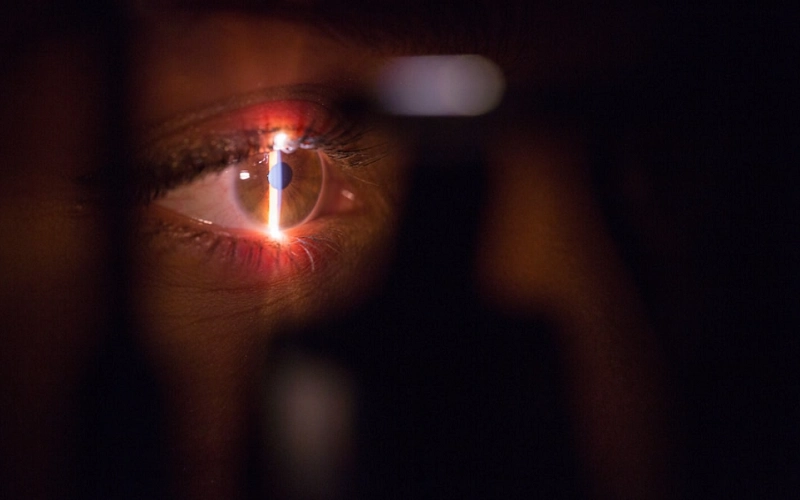For those struggling with glasses or contact lenses, the promise of clear vision without corrective lenses is tantalizing. LASIK eye surgery offers a way to correct certain vision problems, potentially giving patients the freedom to enjoy life with newfound clarity. As with any medical procedure, it’s crucial to understand whether LASIK is the right choice for you, how it works, and what you can expect from the results.
In this article, we’ll explore the ins and outs of LASIK eye surgery, helping you make an informed decision about your eye health.
Selecting the Right Surgeon: Factors to Consider for a Successful LASIK Procedure
Finding a skilled and experienced surgeon is paramount for a successful LASIK eye surgery in Los Angeles or elsewhere. The surgeon’s expertise will significantly influence the outcome of the procedure. It’s essential to choose a board-certified ophthalmologist who specializes in LASIK and has a proven track record of successful outcomes.
Consultations can reveal much about the surgeon’s approach to patient care. Look for a surgeon who thoroughly explains the procedure, answers all questions, and discusses both the benefits and potential risks. The quality of the technology used is also crucial, as advanced lasers and diagnostic equipment contribute to better results and increased safety.
The Science Behind LASIK: Refractive Surgery Explained
The science of LASIK centers on the principle of refractive correction. When light enters the eye, it should bend (or refract) precisely so that it focuses on the retina, leading to a clear image. If the light doesn’t focus correctly due to an irregularly shaped cornea, vision disturbances like blurriness occur. LASIK corrects these imperfections by reshaping the cornea with the precision of a laser beam.
During the procedure, a surgeon creates a thin flap in the cornea using either a laser or a microkeratome blade. This flap is gently lifted to allow another laser to reshape the underlying corneal tissue. The alterations made to the cornea’s curvature enhance the eye’s ability to focus light accurately. After the cornea is reshaped, the flap is laid back in place, where it naturally adheres without the need for stitches.
The excimer laser used in LASIK has revolutionized vision correction. It’s incredibly precise, allowing for minute adjustments tailored to each individual’s vision needs. The programming of the laser is determined by a sophisticated mapping of the patient’s eye, offering a customized approach to vision correction. Post-operative care involves follow-up exams to monitor healing and the success of the procedure.
Candidacy for LASIK: Is It the Right Choice for Your Eyes?
Determining whether you’re an appropriate candidate for LASIK is the first critical step in the journey toward better vision. Ideal candidates are at least 18 years old, have a stable vision prescription for at least a year, and have corneas thick enough to accommodate the surgery. An individual’s overall eye health, as well as the presence of any autoimmune or degenerative conditions, plays a considerable role in candidacy.
Lifestyle factors also weigh heavily in the decision-making process. For example, individuals with highly active lifestyles or professions that increase the risk of eye injuries may require a more cautious approach. Pregnant women are generally advised to postpone the surgery until after pregnancy due to hormonal changes that can affect vision. Furthermore, proper expectations must be set, as LASIK doesn’t guarantee perfect vision, but rather a significant improvement in most cases.
Life After LASIK: Anticipating the Results and Changes in Vision
Once the decision to proceed with LASIK is made and the surgery is successfully completed, patients often experience a life-changing improvement in their vision. In most cases, dependence on prescription eyewear is significantly reduced or eliminated. This newfound visual freedom enables individuals to engage in activities with greater ease and confidence, from sports to everyday tasks.
The initial hours following surgery may involve some discomfort, blurred vision, or light sensitivity. However, these symptoms typically subside quickly, often by the next day. Post-operative care includes a series of follow-up appointments to ensure the eyes are healing correctly and vision is improving as expected. Any adjustments or additional treatments can be discussed during these visits.
Final Thoughts
LASIK eye surgery has the potential to significantly improve one’s vision and quality of life. It’s a safe, effective, and widely performed procedure when conducted by a qualified surgeon. With proper candidate selection, technological precision, and comprehensive post-operative care, individuals who choose LASIK can look forward to a future of visual freedom and clarity.




